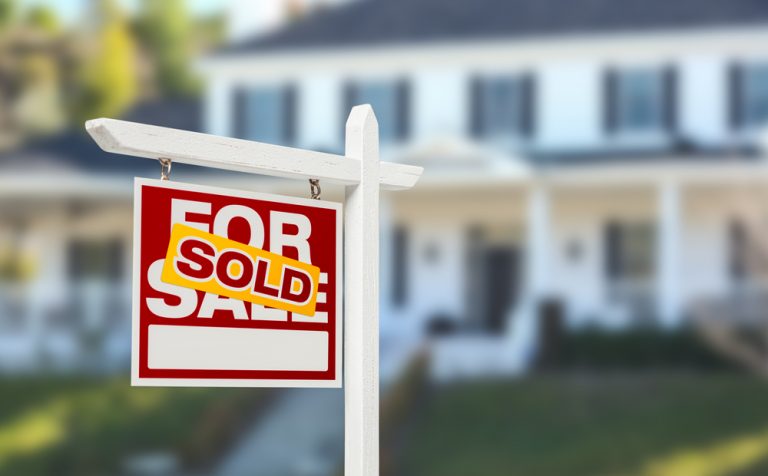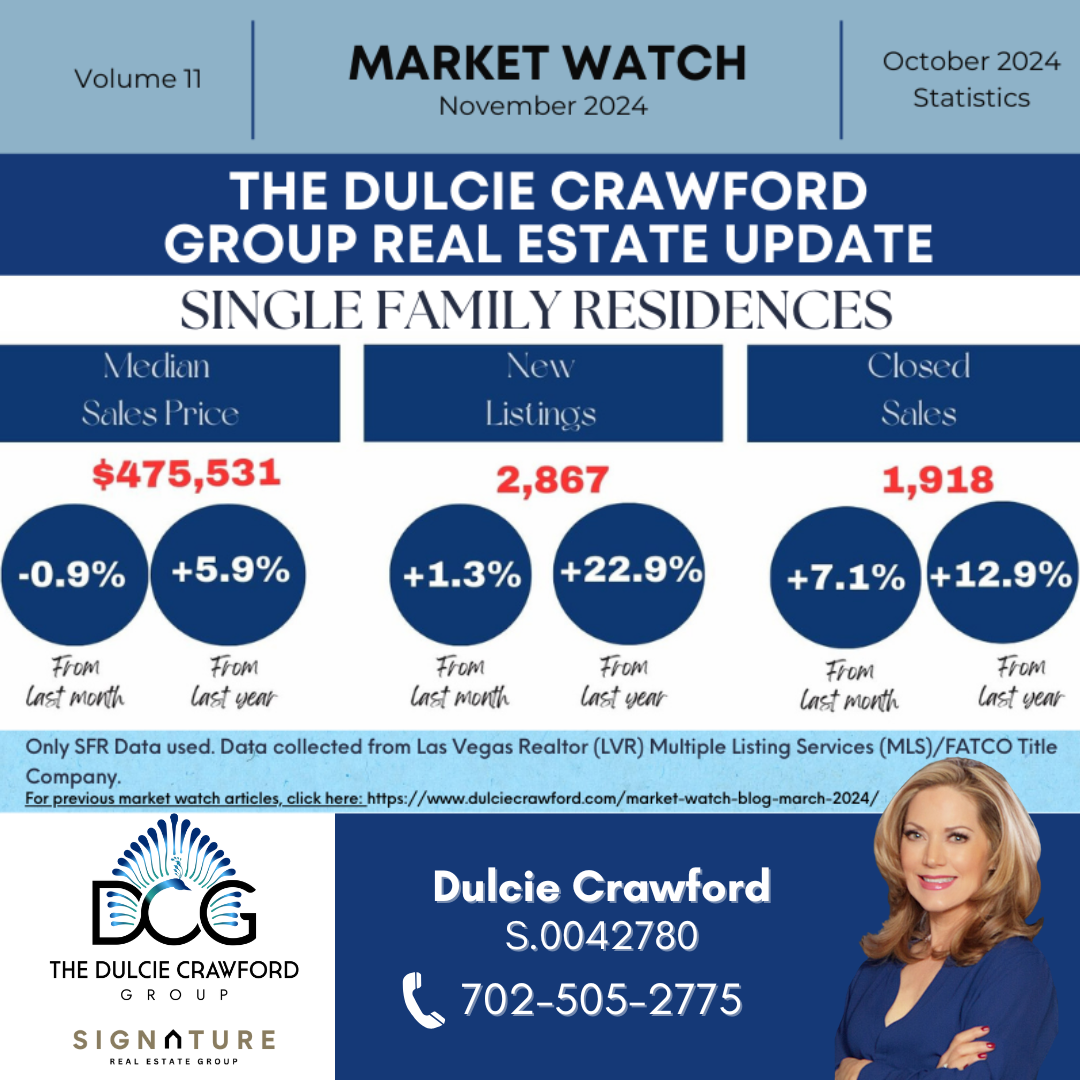We would like to share with you upcoming changes to the Home Affordable Refinance Program (HARP) that one of our preferred lenders, Bryce Reynolds of All Western Mortgage, has provided us.
The change will primarily affect underwater homeowners looking to refinance but couldn’t so in the past because they do not have any equity. The Obama administration is changing a refinancing program so that more underwater borrowers can qualify. This isn’t a new program, but instead attempts to turbo-charge the existing federal initiative.
However, as Bryce cautions, “It is premature to begin calling anyone on the HARP program changes announced by the President this week. Guidelines for this newly announced program for “Underwater Home Owners” are not set to be released until November 15th of this year (at the earliest) and the secondary market lenders will need time to digest the guidelines and determine what (if any) overlays they will want to implement or if they will participate at all since their participation is strictly voluntary. This evaluation will probably take a week or two. “ Also, these are only applicable to loans that are owned by Fannie Mae or Freddie Mac.
We will keep you updated as soon as the guidelines have been finalized. That will be the time for you to evaluate your “underwater” situation, if applicable, and explore whether or not the new guidelines help your situation.
Below is a brief Q&A about the upcoming changes. We strongly encourage you to read the official announcement. Please email us if you would like a copy sent to you.
What is HARP?
The Obama administration in 2009 rolled out HARP to refinance borrowers whose loans were backed by Fannie Mae and Freddie Mac and who were current on their payments. The idea was simple: If you were making your payments on time but didn’t have enough equity to refinance, you would be able to lower your rate without having to pay down your mortgage balance or take out mortgage insurance.
Initially, the program was limited to borrowers who owed between 80% and 105% the value of their homes. In mid 2009, the program was opened to borrowers who owed up to 125% the value of their homes.
But a series of unforeseen “frictions” have led fewer borrowers to take up on the offer of lower rates. Fewer than 900,000 homeowners have refinanced under HARP over the past 2½ years, and just 72,000 of those borrowers have loan-to-value ratios between 105% and 125%.
How is HARP being expanded?
Borrowers will soon be able to refinance no matter how far underwater they are. This should have a big impact in certain parts of Nevada,Arizona, and Florida where many borrowers owe more than 125% of the value of their homes. In Nevada, for example, two thirds of all loans backed by Fannie Mae are underwater, and half of all loans are above the 125% loan-to-value cut-off.
Will I be able to refinance through HARP if I’ve already used the program once?
No. The program will continue to be limited to loans that were delivered to Fannie and Freddie before June 2009, which means that anyone who has already refinanced under HARP won’t be able to refinance again.
What other changes are being made to improve HARP?
One of the most important changes addresses the risk that banks will have to “buy back” defaulted mortgages from Fannie and Freddie if the loans are discovered to run afoul of underwriting rules. This has prompted banks to scrutinize appraisals and require extensive documentation of borrowers’ incomes on loans for which they don’t already collect payments, even if Fannie and Freddie already guarantee those loans. As a result, some borrowers can only qualify for HARP by going to their current mortgage servicer, rather than shopping around for the best rate. Some lenders have been just “cherry picking the easiest loans,” says Keane Ng, a mortgage broker in Kirkland,Wash.
Under changes to be announced on Monday, banks will be largely shielded from the “buy back” risk on HARP mortgages, and they’ll only have to verify that borrowers meet a more tailored set of eligibility rules: that they’ve made their last six payments and have no more than one missed payment in the last year and that they have a job or another source of regular income. Those changes are a pre-requisite for “any game-changing refinance activity,” says Mahesh Swaminathan, senior mortgage strategist at Credit Suisse.
How will this change help borrowers?
This will streamline the refinance process, eliminating the need in many cases for borrowers to obtain appraisals or to provide extensive income documentation. Instead, borrowers will have to show that they’re current on their mortgage, that they have a job or another source of regular income, and that they meet the other eligibility criteria for HARP.
What if I have mortgage insurance?
Mortgage insurers have also agreed to make it much easier to transfer existing mortgage insurance coverage, which has blocked many borrowers from refinancing.
What if I have a second mortgage?
Borrowers with a second mortgage, such as a home-equity loan, need the mortgage owner to agree to “re-subordinate” the loan before refinancing the first mortgage. Federal officials say the largest lenders have agreed to automatically re-subordinate all second mortgages under HARP.
What else is being done to lower costs?
Another change involves fees that Fannie and Freddie charge banks for riskier borrowers. The firms, and their regulator, the Federal Housing Finance Agency, have agreed to waive those fees for borrowers who refinance into loans with a shorter term, such as a 15-year mortgage. They’ll also reduce the fees, but not eliminate them entirely, for everyone else.
When will these changes take effect?
Fannie and Freddie will issue final pricing information and other technical details around Nov. 15, and some banks have said that they could begin taking applications under the new program by as soon as Dec. 1. The HARP program will also be extended through 2013, beyond its current expiration date of June 2012, in order to encourage lenders to invest more resources into staffing up the program.
How do I find out if Fannie and Freddie own my mortgage?
You can look that up online for Fannie Mae and Freddie Mac. The existing mortgage must have been sold to Fannie Mae or Freddie Mac on or before May 31, 2009. Homeowners can determine if they have a Fannie Mae or Freddie Mac loan by going to: http://www.FannieMae.com/loanlookup/ or calling 800-7FANNIE (8 am to 8 pm ET)
What if Fannie or Freddie don’t own my loan—can I refinance through this program?
No. That’s a major limitation, of course, because “jumbo” mortgages aren’t held by Fannie and Freddie, and many of the most underwater subprime mortgages are in privately held mortgage securities that weren’t issued by Fannie and Freddie.
How many mortgages could be refinanced as a result of the changes?
The Federal Housing Finance Agency estimates that another 800,000 to 1 million borrowers could refinance through HARP as a result.


















Leave A Comment
You must be logged in to post a comment.